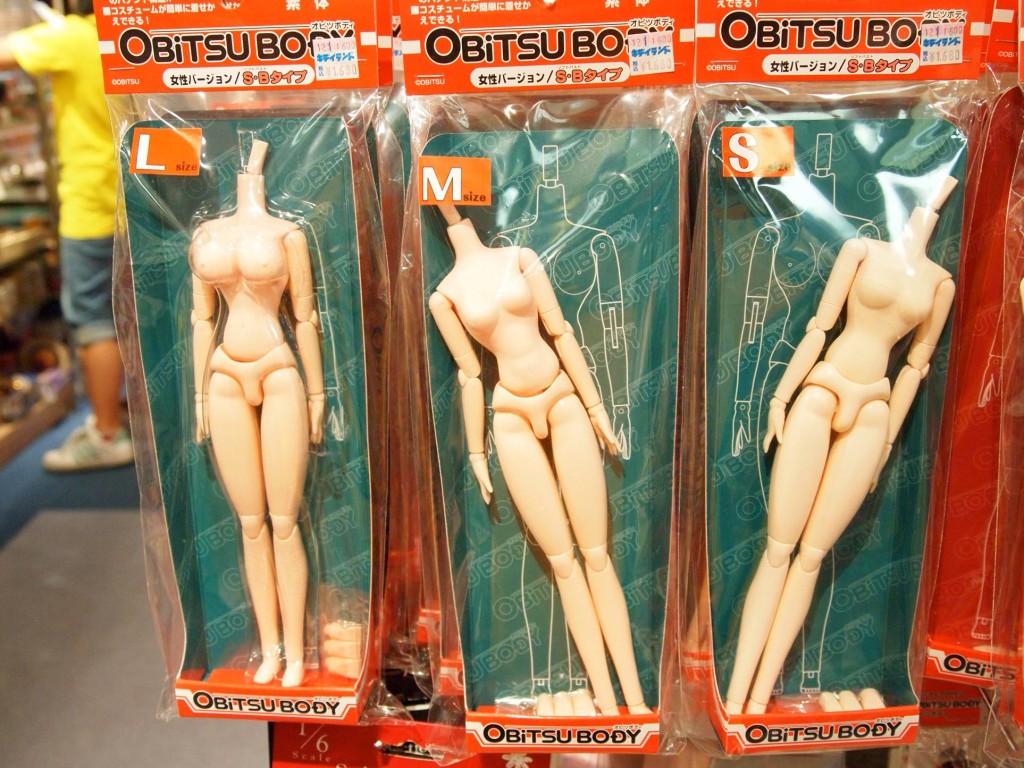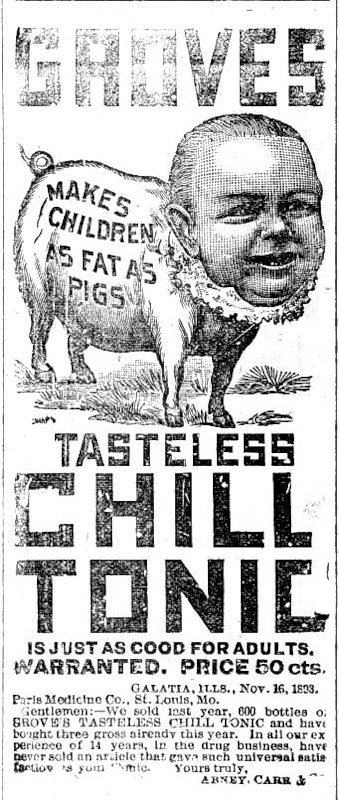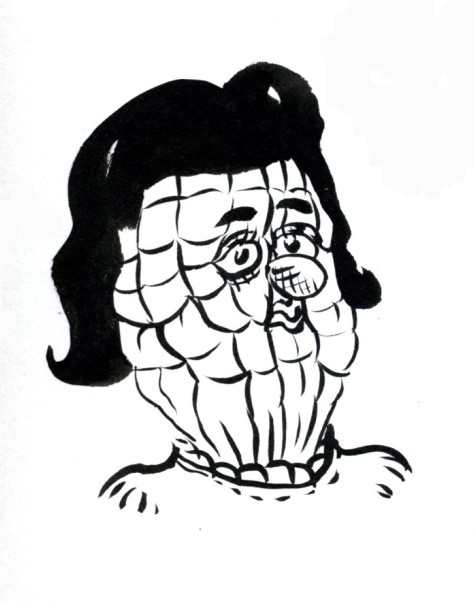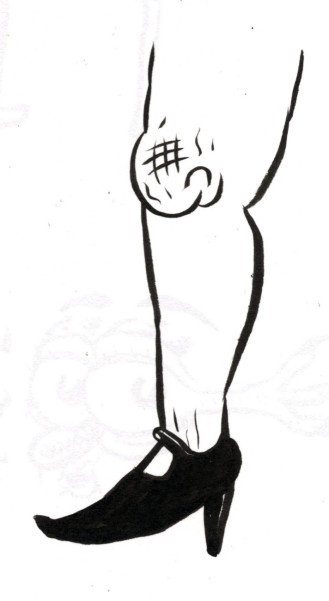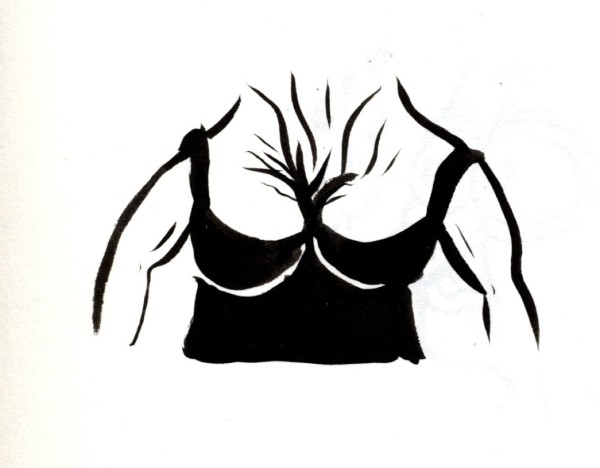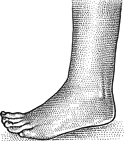
Tracy R. sent in the trailer for the movie “Good Hair,” a documentary by Chris Rock:
This movie looks awesome. It humorously addresses the social construction of “good” hair, which means, of course, straight hair. As we see in the trailer, African American women often feel pressured to wear their hair straight in order to be seen as attractive; this is similar to how lighter skin is often defined as more attractive than darker skin, even by other African Americans (and Latinos). It’s also interesting that the pursuit of “good” hair has created a global market for human hair.
On the topic of African American women and weaves, Sexual Buzz sent in this KGB “Natural Weave” commercial (KGB is a service where you can get answers to questions via text) that plays on the “angry sassy Black woman” image.
Gwen Sharp is an associate professor of sociology at Nevada State College. You can follow her on Twitter at @gwensharpnv.






